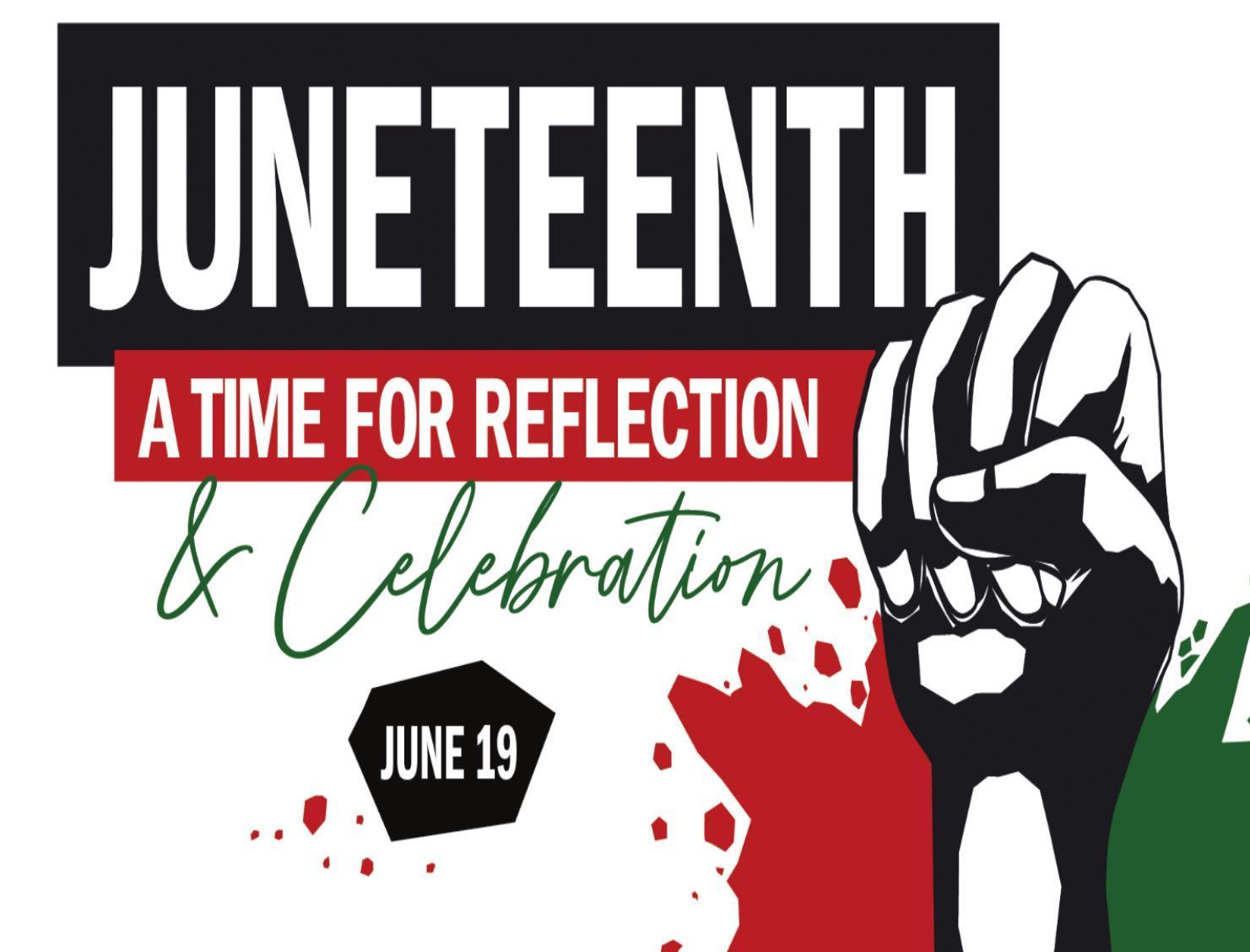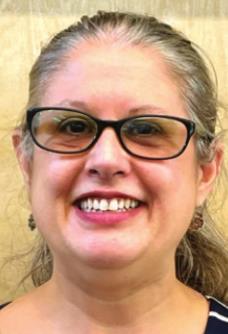
Graphic from Metro Creative

Answers to Go
SAN MARCOS PUBLIC LIBRARY
625 E. HOPKINS ST.
512-393-8200
Q. I’ve seen the Cephas House on MLK, but I don’t know anything about it. Who built it and when?
A. The Cephas House was built in the 1920s by Ulysses Cephas, a prominent African American member of the Dunbar community.
Ulysses Cephas, 1884 -1952, was born in San Marcos to Elizabeth and Joseph Cephas, both formerly enslaved individuals. As a young man, “Boots,” as he was known to his family, became a skilled blacksmith, property owner, band leader, inventor and community leader.
Following in his father’s footsteps, Ulysses became a blacksmith. His work brought people to San Marcos from far and wide. When encouraged to expand his skills to “artistic horse-shoeing,” he took a course and received his diploma on Dec. 8, 1909. The course qualified him to shoe horses and treat diseases of the horses’ hoof. (Schwartz) When a horse was brought to the blacksmith shop with “hoof rot,” a bacterial infection which made the hoof tender and crippled the horse, Cephas knew how to treat the animal successfully. He would debride the necrotic tissue, put a special blue liquid medication on the hoof, then a special shoe. The horse would leave the blacksmith shop without limping. Cephas was extremely talented regarding farm equipment and built many special plows which became famous in the community for working with San Marcos soil. When the need for blacksmiths subsided due to the automobile and tractors, Cephas adapted and branched out to include welding and forging of tools for cotton ginning. He could either repair equipment or build it new. (Schwartz)
Cephas was also an inventor. In 1936, a young woman, Miss Alma Ragsdale, a student at Southwest Texas Teachers College, was in a terrible accident that left her bound in a cast from waist to toe. Her home was in Hico, Texas, 160 miles from San Marcos, and her physician knew the ride to Hico would be excruciating for Miss Ragsdale if her body was not immobilized during transportation. Cephas designed and built a metal frame that covered the woman chest to ankles and protected her during the trip to Hico with very little pain. (Schwartz)
Beginning in 1921, Cephas bought property in the Dunbar neighborhood, where he built and rented out “clean, tidy and equipped with plumbing facilities” (Schwartz) properties to rent to those in need of decent accommodations. The Cephas House was built especially for his wife, Willie, and their children. When World War II broke out, the houses he built served many young servicemen stationed at Edward Gary Navigation School, who could find no other accommodations in town because they were African American.
Cephas was a talented musician, too. He could play any instrument, except the piano, by ear — no sheet music needed. He started the San Marcos Independent Band that eventually had 45 members and marched in parades in Seguin, Luling, New Braunfels, Waelder, Austin and San Marcos. The band would march in other towns, but on June 19, Emancipation Day, they always marched in the parade in San Marcos.
Ulysses Cephas was a fundamental part of the San Marcos Dunbar community. Many young African American men met at his blacksmith shop each morning and Cephas would let them puff the billows to make the fire burn red. After a long week’s work, these same young men would gather and Cephas would counsel them to “have faith in themselves, a positive and happy outlook on live, to get an education and use common judgment in dealing with everyday problems.” If an African American citizen died and their family could not afford the funeral, Cephas often paid for it himself. (Schwartz)
In 2003, Some residents lobbied the city to preserve the Cephas House because it represented the original neighborhood, home to the city’s first African American residents and because of the man it sheltered. (O’Rourke) It is located at 217 W. Martin Luther King Drive, across the street from the Calaboose African American History Museum. In 1989, the Texas Historical Commission honored Ulysses Cephas’s memory with a historical marker for his home. (Historic Preservation)
For more information about the Dunbar community in San Marcos, call the library at 512- 393-8200 and set up an appointment with Dr. Arro Smith to view the Local History Collection. Everything in that collection is cataloged at hank.ci.san-marcos.tx.us:8080/#section=home
• Historic Preservation. “Historic Preservation,” City of San Marcos. (n.d.). Retrieved June 7, sanmarcostx.gov/932/ Historic-Preservation
• O’Rourke, C. (2018, September 27). “San Marcos renovating historic house in first African-American neighborhood.” Statesman. Retrieved June 7 from statesman.com/story/ news/local/2013/01/11/ san-marcos-renovating-historic-house-in-first-african-american-neighborhood/9883435007/
• Schwartz, D. (1988). “Ulysses Cephas” (1884- 1952): Research paper on his life in San Marcos. Retrieved June 7, 2022, from hank.ci.san-marcos.tx.us/SMHC/DOCUMENTS/Ulysses%20 Cephas.pdf
Suzanne Sanders is the columnist for the library. She is the Community Services Manager for the San Marcos Public Library and came from the Austin Public Library in 2015 after having served there as a librarian for over 20 years. She gratefully accepts your questions for this column.











